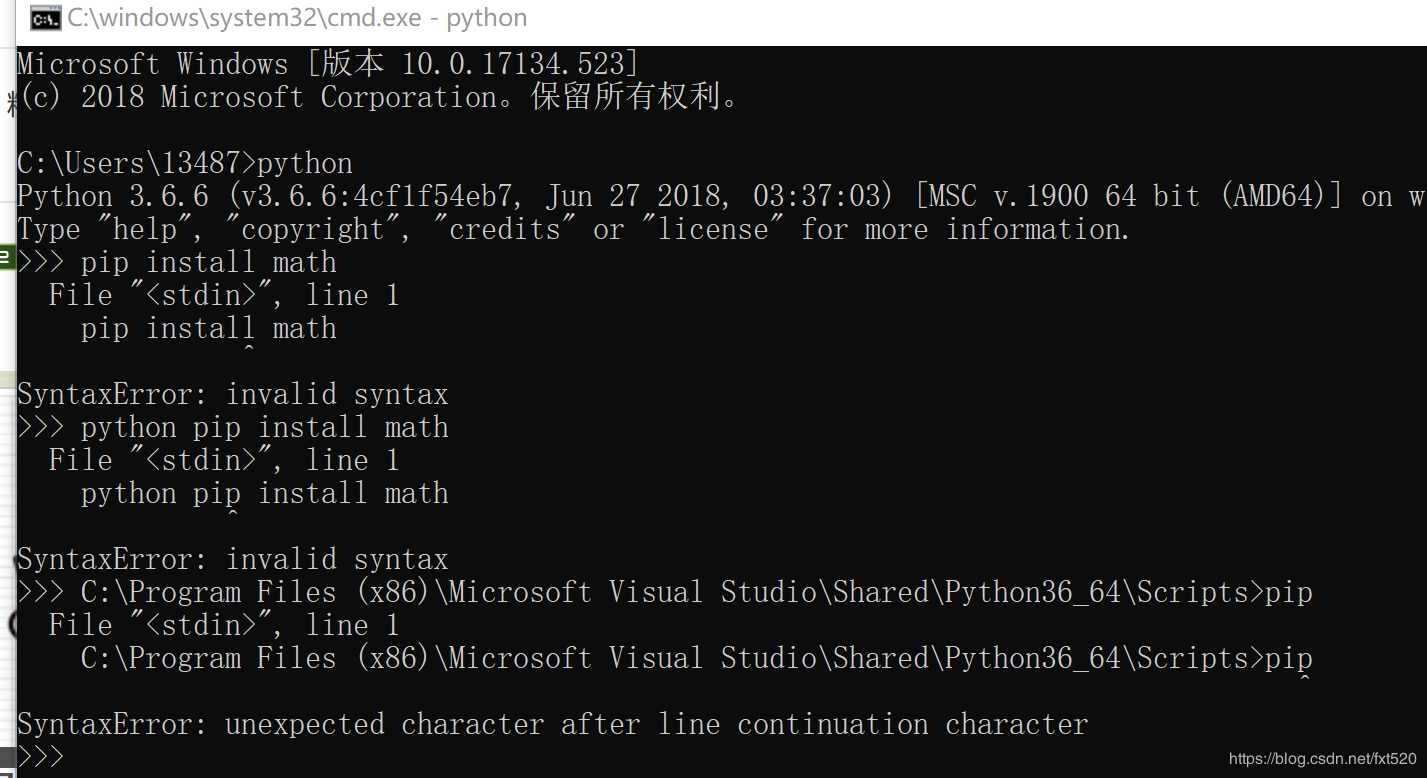

- #Pip install nodebox update
- #Pip install nodebox software
- #Pip install nodebox code
- #Pip install nodebox license
Packages whilst constraining requests to the latest version less than 3.0: $ pip-compile -upgrade -upgrade-package 'requests<3.0' Provide constraints on the allowed upgrades. You can combine -upgrade and -upgrade-package in one command, to $ pip-compile -upgrade-package django -upgrade-package requests = 2.0.0
#Pip install nodebox update
# update the django package to the latest, and requests to v2.0.0 $ pip-compile -upgrade-package django -upgrade-package requests # update both the django and requests packages upgrade-package or -P flag: # only update the django package To update a specific package to the latest or a specific version use the Requirements.txt, run pip-compile -upgrade. To force pip-compile to update all packages in an existing If pip-compile finds an existing requirements.txt file that fulfils theĭependencies then no changes will be made, even if updates are available. That fulfil the dependencies of setup.py or requirements.in. Tactile theme by Jason Long.Pip-compile generates a requirements.txt file using the latest versions
#Pip install nodebox license
You should have received a copy of the GNU General Public License GNU General Public License for more details. MERCHANTABILITY or FITNESS FOR A PARTICULAR PURPOSE.

This program is distributed in the hope that it will be useful,īut WITHOUT ANY WARRANTY without even the implied warranty of License, or (at your option) any later version.
#Pip install nodebox software
Published by the Free Software Foundation, either version 3 of the It under the terms of the GNU General Public License as This program is free software: you can redistribute it and/or modify Originally developed by Ricardo Lafuente with the support of the Piet Zwart Institute, Rotterdam. using Shoebot to generate images via a CGI scriptĬopyright (C) 2007-2012 The Shoebot authors (Stuart Axon, Dave Crossland, Francesco Fantoni, Ricardo Lafuente, Sebastian Oliva).using the socketserver to have other programs control a Shoebot script.The Shoebot documentation has quite a lot more information on what you can do with Shoebot, such as: Further readingįor a great intro to the Nodebox/Shoebot language, be sure to check the Nodebox tutorials at. The documentation should now be available in doc/build. The following commands will output the HTML docs:: cd doc Shoebot documentation can also be generated locally using sphinx. You can find the current docs at ReadTheDocs. For this, just use the -window or -w option: sbot -w inputfile.botįor a list of extra options, type sbot -h Shoebot can also run in a window, which is useful for quick previews, as wellĪs realtime manipulation of parameters. You can find many example Shoebot scripts in /usr/share/shoebot/examples. The allowed extensions for the output filename are. You'll want to specify your own filename, and for this there's the -o or -output option: sbot inputfile.bot -o image.png This command will run the inputfile.bot script, and create an output image file – output.svg by default. Using the Shoebot console runner is straightforward: sbot inputfile.bot The only remaining step is to install it proper: cd shoebot You should now see a new shoebot/ directory. You can also clone the repository using Git from the command-line. You can get the latest flavor of Shoebot from GitHub, or using these direct links: Pygobject2 gnome-python2-rsvg python-pillow Install Shoebot In Fedora: sudo yum install libjpeg-devel pycairo pygtk2 \ Python-gobject python-rsvg python-imaging In Debian/Ubuntu: sudo apt-get install libjpeg-dev python-cairo python-gtk2 \ If this is your first time using Shoebot, you'll want to install all of them. The first step is to install the appropriate dependencies. Shoebot runs on Python 2.7, which is most probably what you already have installed. It was also inspired by DrawBot and Shoes. It can also be used as a Python module, a plugin for Python-scriptable tools such as Inkscape, and run from the command line without a GUI for automated tasks. It works through simple text files, and scripts can describe their own GUIs for controlling variables interactively. It takes a Python script as input, which describes a drawing process, and outputs a vector graphic in a common open standard format: SVG, PDF, PostScript or PNG.

#Pip install nodebox code
The syntax is simple and aimed at people without a specific programming background - though its advanced features might be useful for code ninjas too! Instead of drawing with your mouse, you write code to create images. Shoebot Generate vector graphics with Python Download.


 0 kommentar(er)
0 kommentar(er)
